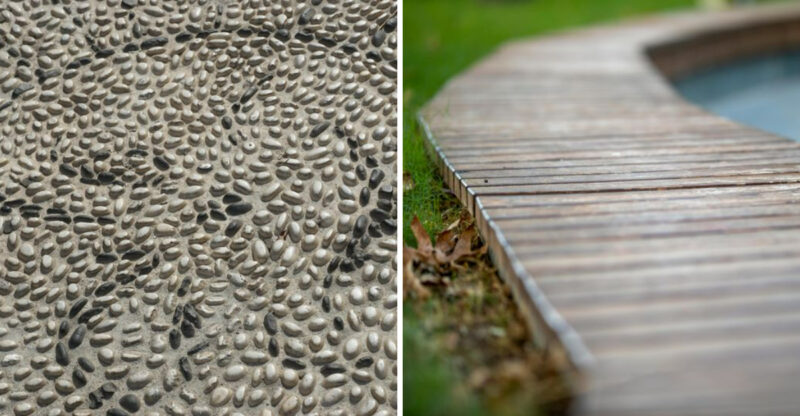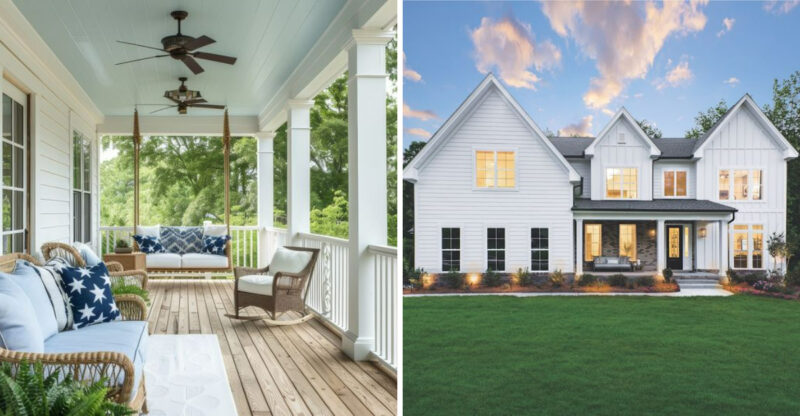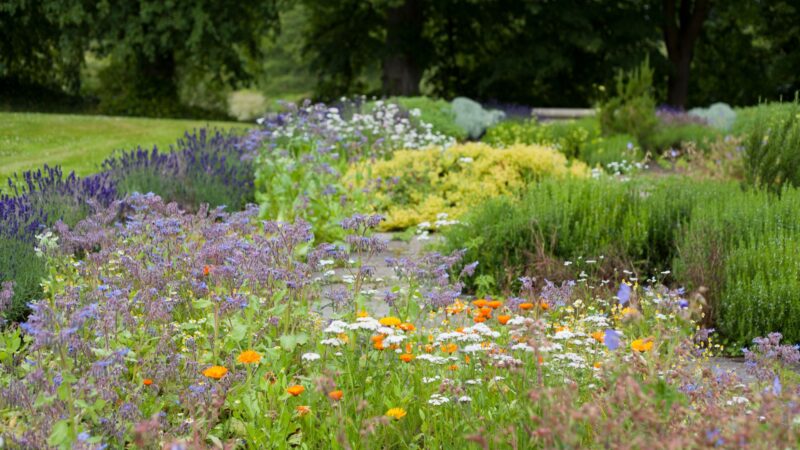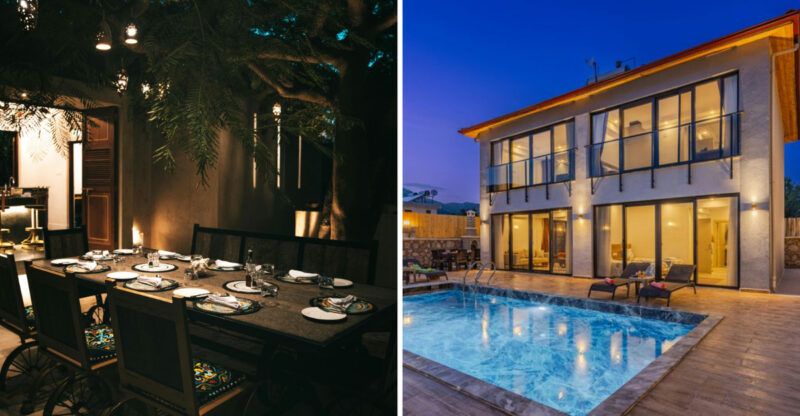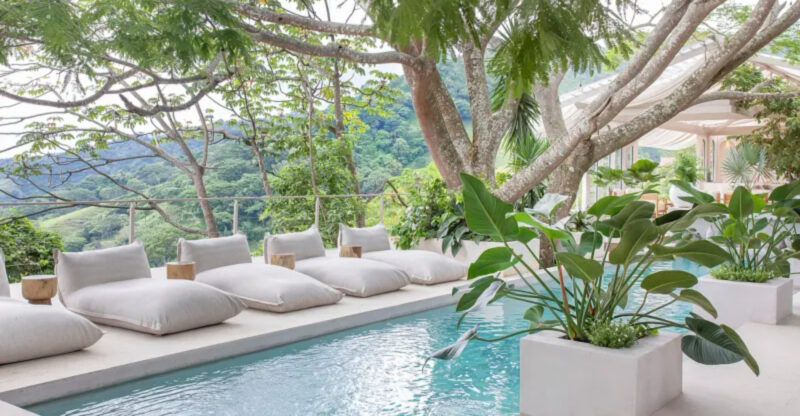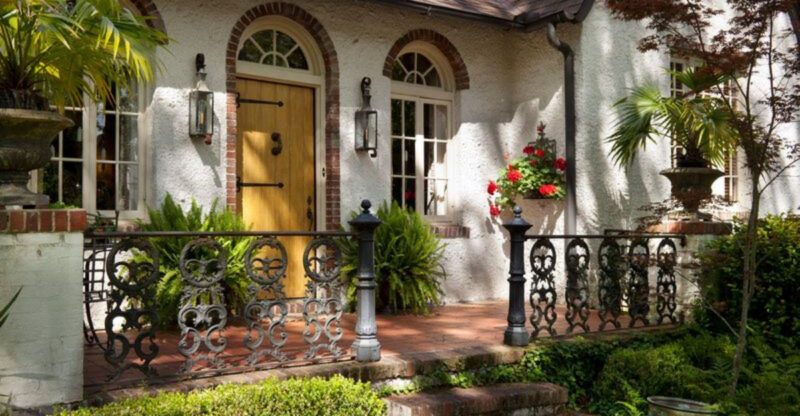Seattle’s Top 10 Exterior Design Ideas For Wet Climates
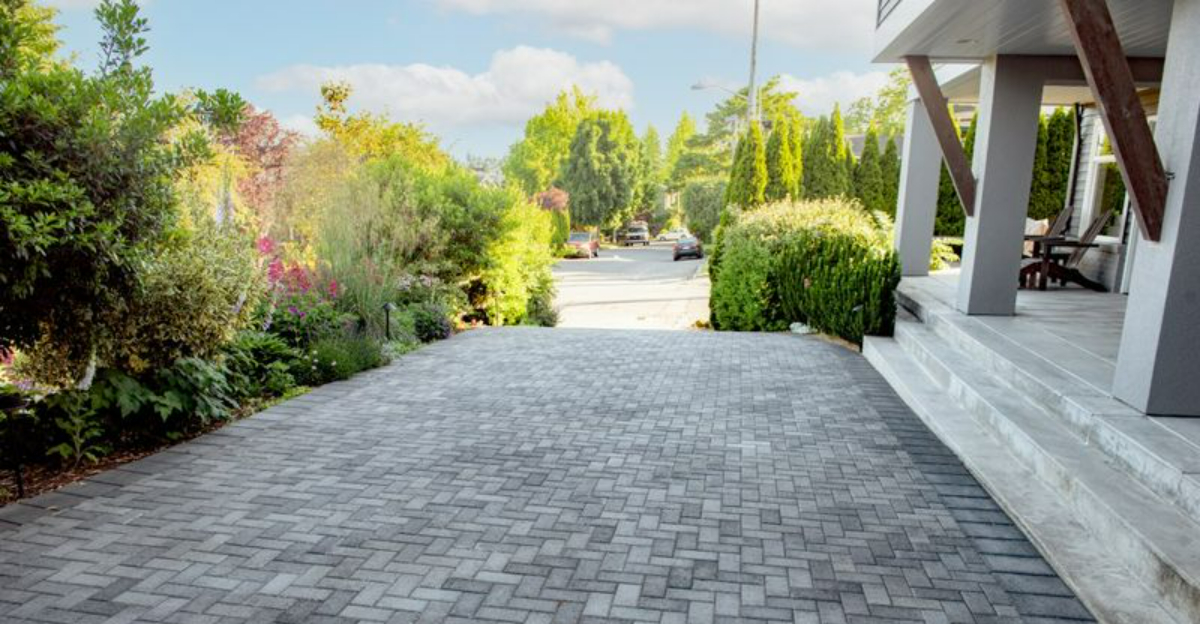
Living in Seattle means embracing the rain while still creating beautiful outdoor spaces. When constant moisture is part of daily life, your home’s exterior needs special consideration to stay beautiful and functional year-round.
I’ve gathered ten fantastic design ideas that will help your Seattle home not just survive but thrive in our famously wet weather.
1. Rain Gardens That Capture Runoff
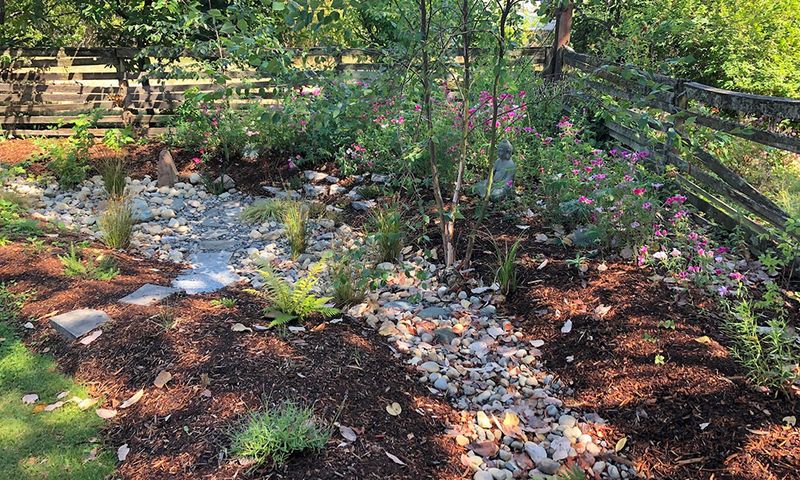
You’ll never fight puddles again with a strategically placed rain garden. These beautiful depressions filled with water-loving native plants capture runoff from your roof and driveway, preventing flooding around your foundation.
I installed one last year and now watch happily as rainwater collects in my garden rather than my basement. The best part? They’re environmentally friendly, reducing pollution in Puget Sound while adding colorful texture to your landscape.
2. Metal Roofing For Longevity
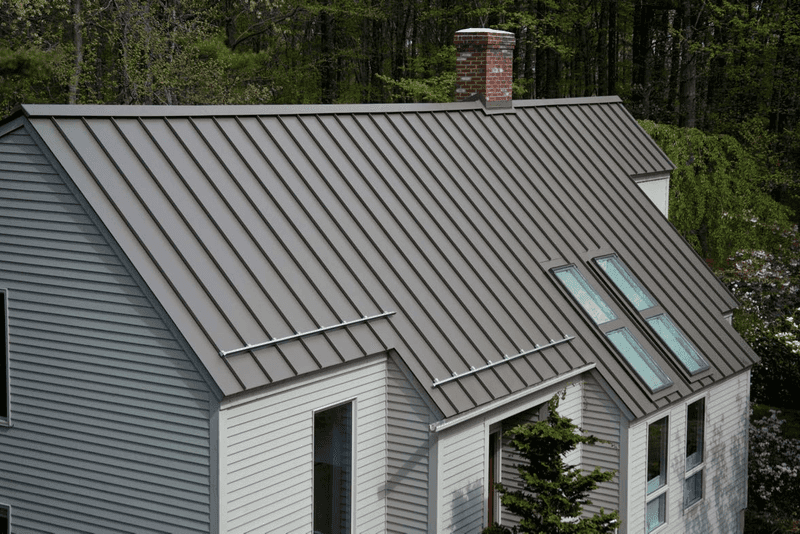
Standing seam metal roofs handle our constant drizzle like champions. Unlike traditional asphalt shingles that can grow moss and deteriorate, metal simply lets the water slide away while lasting 50+ years in our climate.
My neighbor installed one five years ago and hasn’t worried about leaks since. These roofs come in various colors to complement any home style, and the gentle drumming of rain creates a cozy soundtrack during our many storms.
3. Covered Outdoor Living Spaces
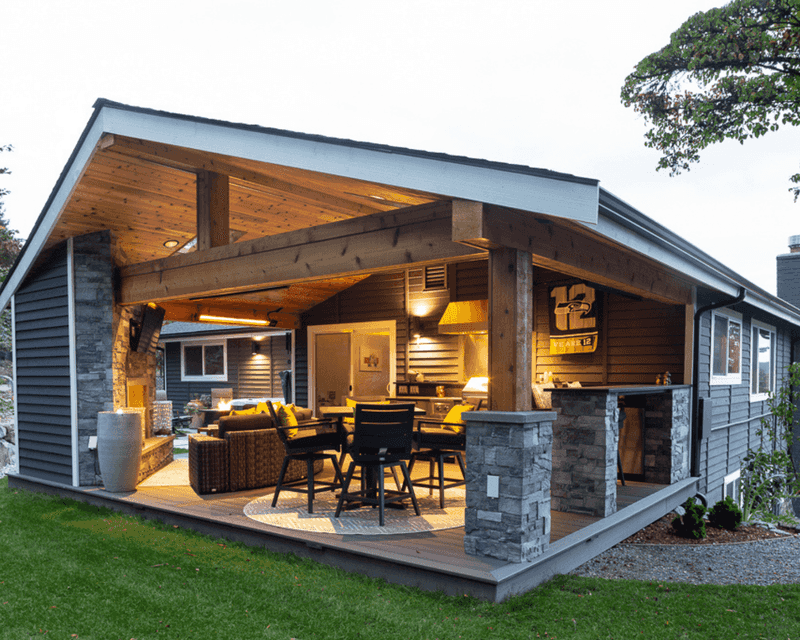
Rainy days shouldn’t keep you trapped indoors. A covered patio or deck with proper waterproofing lets you enjoy fresh air regardless of weather. Add outdoor heaters and weather-resistant furniture, and you’ve created a year-round retreat.
After adding a covered area to my backyard, I use my outdoor space three times more often. The key is ensuring proper slope for drainage and selecting materials that won’t warp or rot when exposed to our persistent moisture.
4. Strategic Downspout Placement
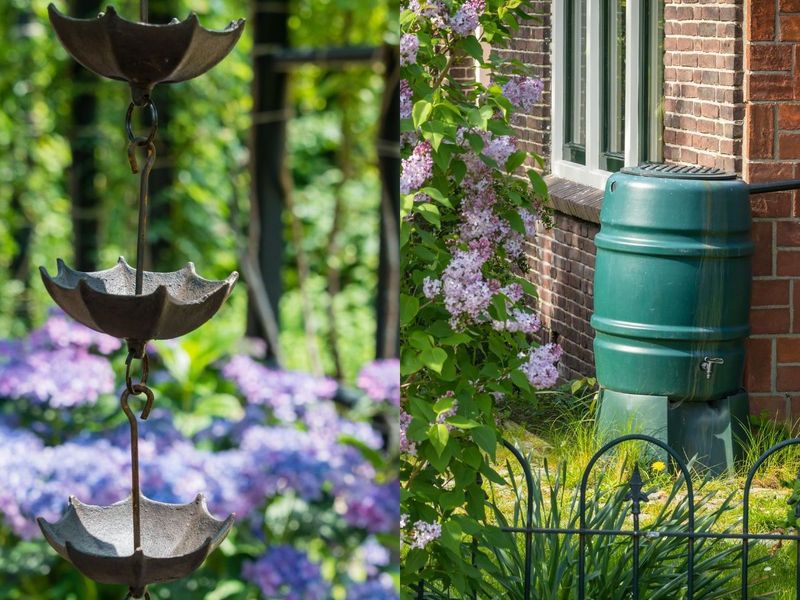
Rainwater management makes or breaks a Seattle home’s exterior. Properly placed downspouts with decorative rain chains or barrels transform necessary drainage into visual features while directing water away from your foundation.
My copper rain chains create beautiful water features during downpours. Consider connecting downspouts to underground pipes that carry water to street drains or rain gardens. This prevents erosion around your home while turning rainfall into an aesthetic asset rather than a problem.
5. Cedar Siding With Proper Overhangs
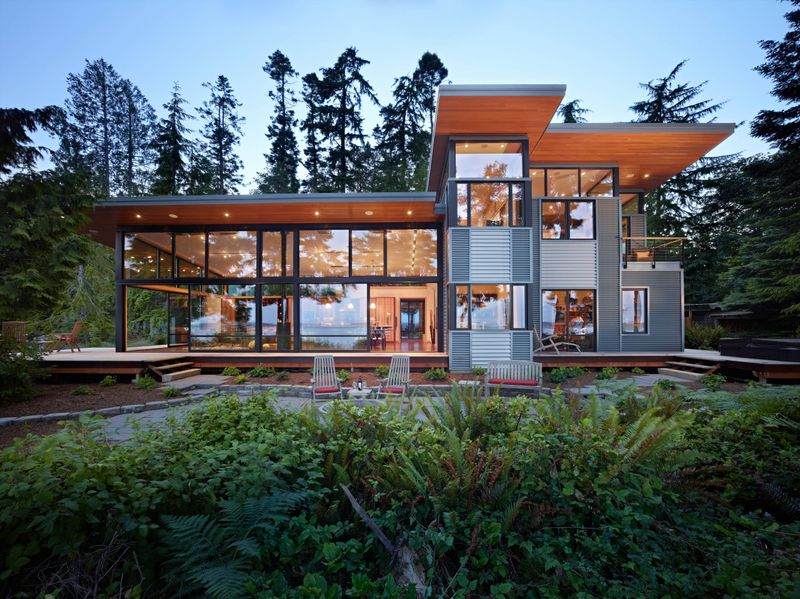
Cedar siding naturally resists our wet climate when properly installed with generous roof overhangs. The extended eaves prevent direct rain contact with walls, dramatically extending the life of your siding and reducing maintenance.
My 1920s Craftsman has 24-inch overhangs that have protected its cedar siding for a century. Modern homes often skimp on this crucial feature. When building or renovating, pushing those eaves out an extra 6-12 inches makes a world of difference in our rainy environment.
6. Permeable Hardscaping Solutions
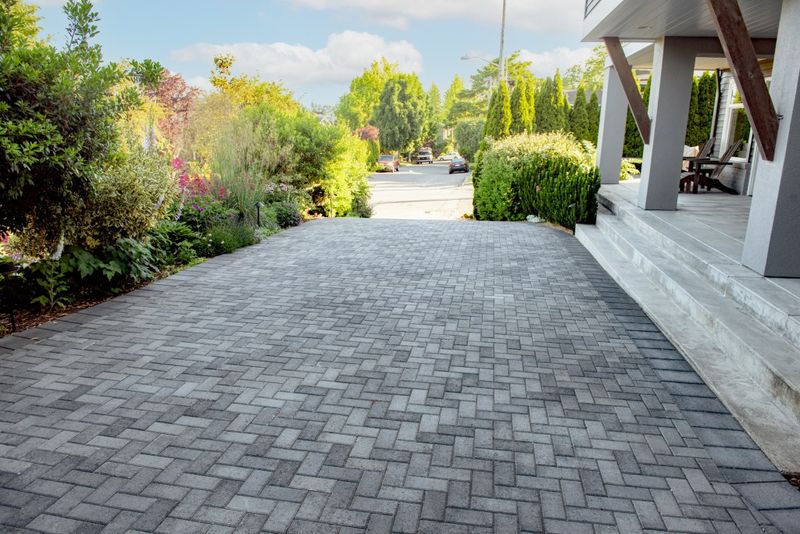
Regular concrete creates runoff nightmares in our rainy city. Permeable pavers and gravel systems allow water to seep through rather than flood your yard or street.
I replaced my solid driveway with permeable pavers last spring, and puddles vanished instantly. These systems come in various styles from modern to traditional, maintaining your aesthetic while solving drainage issues. The environmental benefits are substantial too – less stormwater overwhelms our city systems.
7. Moisture-Resistant Deck Materials
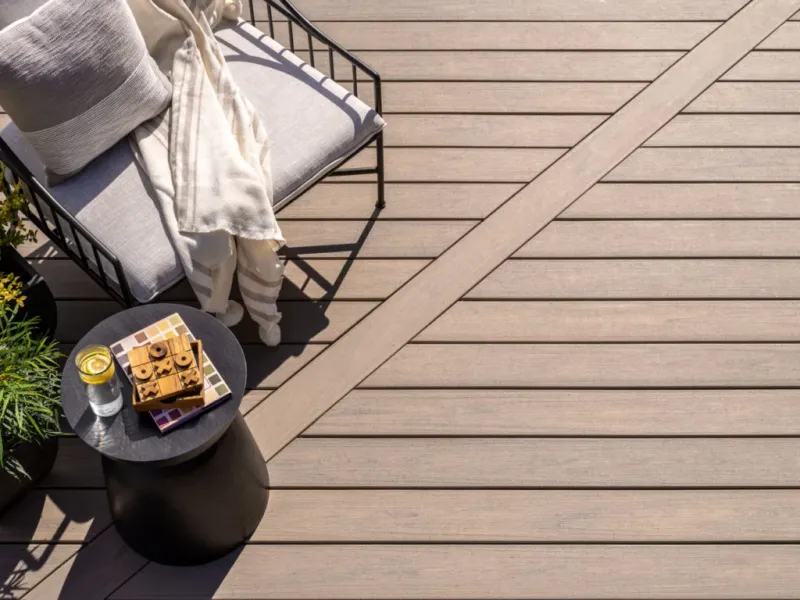
Forget traditional wood decking that warps and rots. Composite and modified wood products like Kebony or Accoya stand up to our constant moisture while requiring minimal maintenance.
After replacing my soggy pressure-treated deck with composite, I’ve spent zero hours refinishing or replacing warped boards. The initial investment pays for itself within 5-7 years through eliminated maintenance costs. Look for products with hidden fastening systems to prevent water pooling in screw holes.
8. Vertical Gardens For Small Spaces
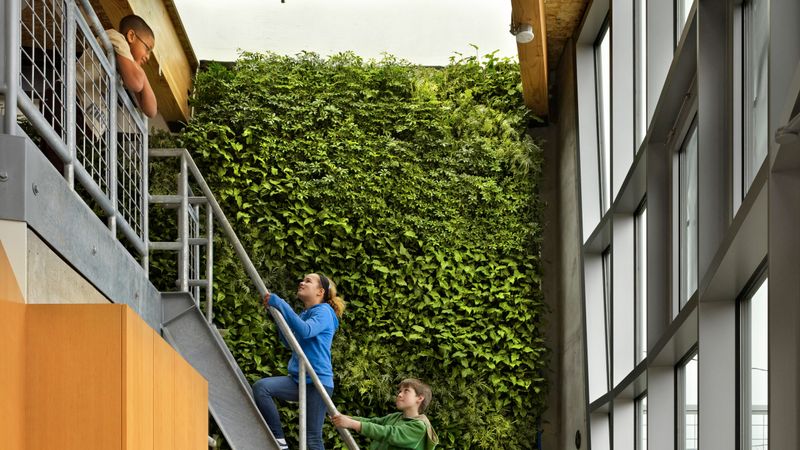
Our mild, wet climate creates perfect conditions for vertical gardens that maximize limited space. Wall-mounted planters with moisture-loving natives add living texture to exterior walls while absorbing rainfall.
My south-facing garage wall transformed from boring siding to a lush tapestry after installing a vertical garden system. The key is proper waterproofing behind the structure and selecting plants suited to our specific microclimate. Ferns, heuchera, and small sedges thrive in these systems with minimal maintenance.
9. Strategic Evergreen Windbreaks
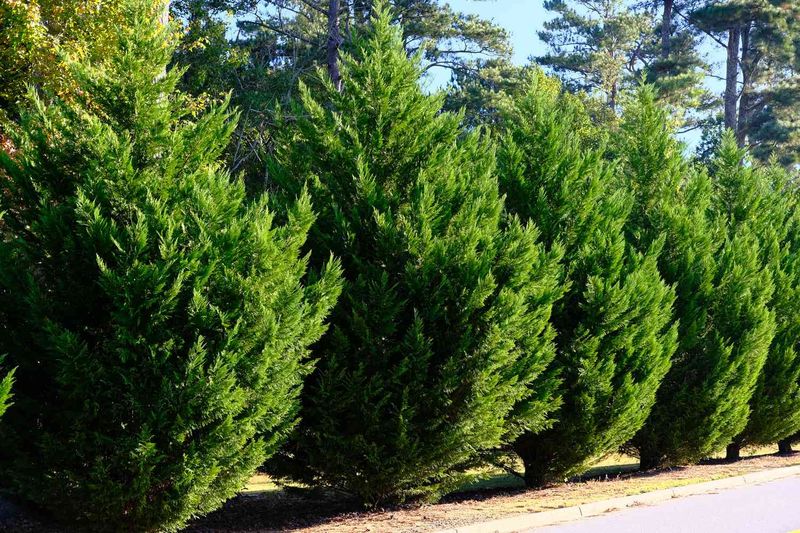
Wet weather often brings wind that drives rain horizontally against your home. Strategic placement of native evergreens creates natural windbreaks that reduce moisture contact with your exterior.
My western red cedars along the southwest corner of my property block prevailing winter storms beautifully. Choose columnar varieties if space is limited. Beyond protection, these plantings provide year-round privacy and habitat for local wildlife, making them multi-functional additions to your landscape design.
10. Integrated Gutter Systems
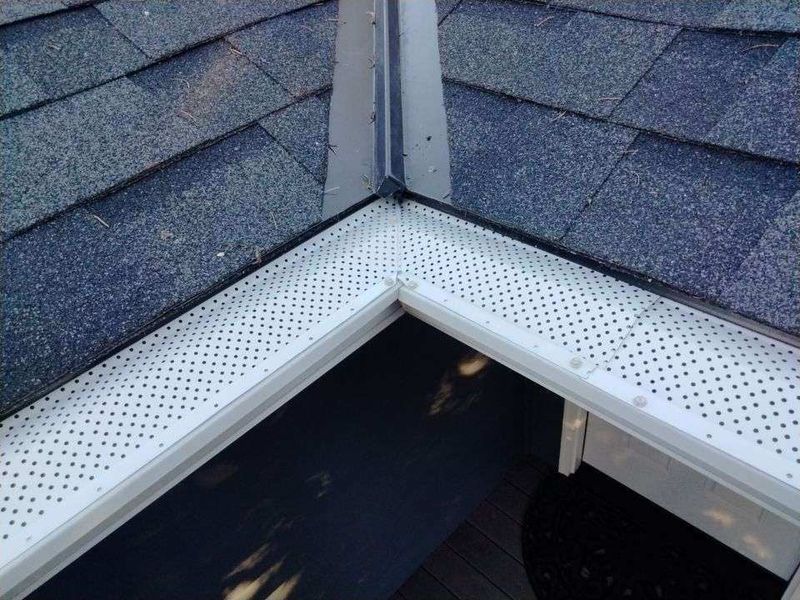
Standard gutters clog constantly in our leaf-filled, rainy environment. Integrated gutter systems with built-in guards handle our heavy rainfall while preventing debris buildup.
After upgrading to a seamless system last fall, I haven’t climbed a ladder once for cleaning. The sleek profile also enhances curb appeal compared to bulky traditional gutters. For maximum effectiveness, size up – our Northwest deluges require wider gutters and downspouts than standard installations in drier climates.

